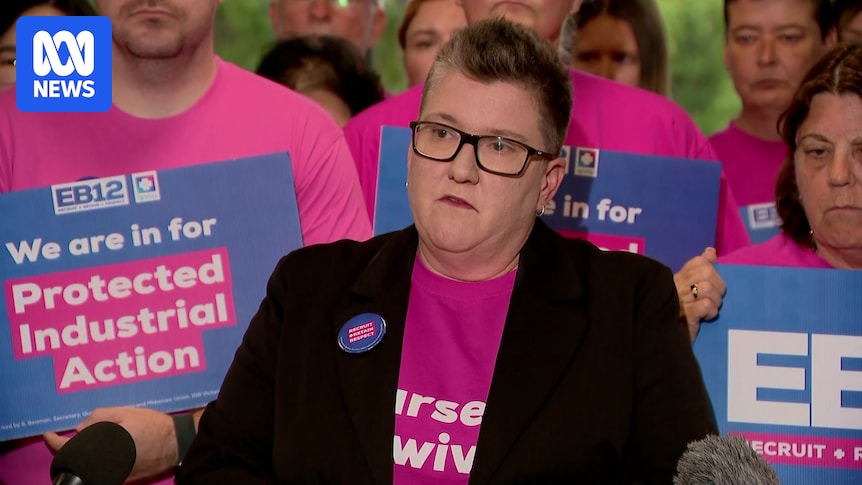
The Queensland Nurses and Midwives’ Union (QNMU) has issued a stern warning to the state government, signaling plans to escalate industrial action if their demands for a more substantial pay rise are not met. Negotiations over a new enterprise agreement have been ongoing for six months, with the union seeking a 13 percent pay increase over three years, while the government has proposed an 11 percent rise.
The union argues that the current offer fails to provide the nation-leading pay and conditions they are advocating for. This standoff comes at a time when nurses in New South Wales reportedly earn more than their Queensland counterparts, exacerbating the tension.
Union’s Call for Action
QNMU Secretary Sarah Beaman has announced that unless their demands are met by July 2, the union will initiate stage two protected industrial action starting July 7. This action will involve rolling statewide work bans across all Queensland Health public hospitals and facilities.
“This will involve rolling statewide work bans in all Queensland Health public hospitals and facilities. As always, patient safety will remain paramount,” Beaman stated. “It will be disruptive, more disruptive than stage one.”
The proposed industrial action includes nurses and midwives refraining from performing certain non-clinical tasks such as bed making, data entry, meeting attendance, restocking, cleaning of equipment, and answering phones.
Government’s Position
Health Minister Tim Nicholls has reiterated the government’s commitment to delivering a “nation-leading” wages deal. He emphasized that the government is seeking conciliation through the Queensland Industrial Relations Commission to continue negotiations.
“To continue to progress this deal and negotiate with the Queensland Nurses and Midwives’ Union, Queensland Health is seeking conciliation through the Queensland Industrial Relations Commission,”
Nicholls said.
Premier David Crisafulli also expressed confidence in the government’s ability to deliver competitive pay and conditions, promising to negotiate in “good faith”. The state budget, released last week, projects a $42 billion annual expenditure on public service wages by 2028-29, with a growth cap on employee expenses set at an average annual rate of 3.5 percent from 2026-27.
Context and Comparisons
The dispute highlights ongoing challenges in the healthcare sector, where pay and working conditions are critical issues. The QNMU’s demands for a 13 percent pay rise reflect broader national trends where healthcare workers are increasingly vocal about compensation and work-life balance. Comparatively, other states have faced similar disputes, with varying outcomes based on negotiation strategies and economic conditions.
In New South Wales, for example, nurses have also engaged in industrial action to secure better pay, which has set a precedent that Queensland nurses are now looking to match or exceed.
Expert Opinions
Labor relations experts suggest that the outcome of these negotiations could have significant implications for public sector wage policies across Australia. Dr. Emily Carter, a labor economist at the University of Queensland, notes that the increasing pressure on state budgets and the demand for improved healthcare services create a complex negotiation environment.
“The healthcare sector is under immense pressure, and these negotiations are crucial not just for immediate financial outcomes, but for setting long-term precedents in public sector employment,”
Dr. Carter explained.
Implications and Future Steps
The potential for disruptive industrial action underscores the urgency for a resolution. Should the government and the QNMU fail to reach an agreement, the impact on healthcare services could be significant, affecting not only hospital operations but also public perception of the healthcare system’s stability.
As the July 2 deadline approaches, all eyes will be on the negotiations, with stakeholders hoping for a compromise that satisfies both the financial constraints of the government and the demands of healthcare workers. The outcome could influence future public sector agreements and set a benchmark for other states facing similar challenges.
The QNMU’s decision to escalate industrial action reflects a broader trend of increasing assertiveness among unions in advocating for workers’ rights and compensation. The resolution of this dispute will likely serve as a case study for labor negotiations in the healthcare sector nationwide.







